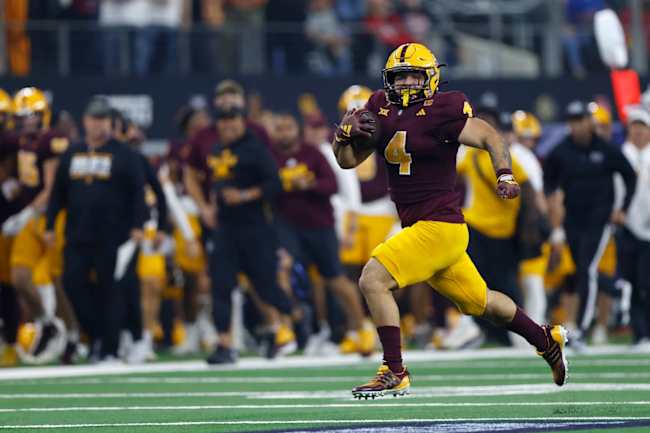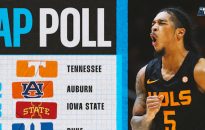Back in 2021, when the NCAA permitted athletes to monetize their name, image, and likeness (NIL), there was considerable uncertainty on how to proceed. With no clear guidelines or frameworks, it required time to sort out the details. Three years down the line, the NIL environment has been largely analyzed. However, certain aspects of NIL, […]


Back in 2021, when the NCAA permitted athletes to monetize their name, image, and likeness (NIL), there was considerable uncertainty on how to proceed. With no clear guidelines or frameworks, it required time to sort out the details.
Three years down the line, the NIL environment has been largely analyzed. However, certain aspects of NIL, especially revenue sharing, remain unexplored.
From ticket sales to television contracts, donations, and merchandise, elite football programs like Michigan rake in substantial funds. The players are the main drivers of these revenue sources, yet they do not receive compensation for it.
However, this is on the verge of transformation.
Starting July 1, 2025, players are anticipated to start benefiting from a new revenue sharing model, though how to implement this remains a challenge. Schools cannot simply duplicate the NFL’s model, but it can serve as a significant guide in this uncharted direction. Unlike many other schools, the Wolverines have Sean Magee, their associate athletic director for football, who possesses the expertise to navigate this.
“Having the chance to experience the world from a professional football perspective and gaining that insight, … I am the only one to have worked in an NFL front office, allowing me to understand and experience it, which is incredibly invaluable,” Magee stated in an interview with The Michigan Insider’s Sam Webb earlier this week.
After five years at Michigan from 2017-2021, Magee transitioned to the Chicago Bears, serving as the chief of staff during the 2022 and 2023 seasons. In that capacity, Magee was responsible for managing and overseeing various budget areas.
Despite that sought-after NFL experience, numerous challenges still await Magee and the Wolverines. While revenue sharing might not take effect until the following year, Michigan is optimizing this time to prepare effectively. They are tackling budget construction and deciding how to distribute funds to players—determined by performance and position—which entails considerable contemplation.
Applying the NFL’s strategy of revenue sharing helps to impose order in an otherwise chaotic arena.
“We have devised strategies to offer compensation at a market value that doesn’t yet exist,” Magee remarked. “Therefore, here — owing to experience and exposure — we can utilize insights from the NFL. We can leverage the percentage allocation for salary caps by position. If a player has achieved a certain level or we identify a player meeting particular criteria, we can reference the comparable data from NFL players—those with similar performance and attributes—to gauge what has been done at that tier and how it correlates with the salary cap.”
Even though NFL player assessments are relevant at the college level, the lack of compensatory picks complicates revenue sharing significantly.
“Evaluating players is straightforward; it comes down to your performance and comparisons,” Magee noted. “…As you observe the contracts in the NFL and how they are structured, you can see a clear-cut methodology. The challenge in college football lies in the absence of comparisons. You can analyze production levels, whether from your own roster or from the transfer portal. You can make educated predictions from recruits anticipating future performance. However, there are no established comparisons. Thus, this presents us with an opportunity to create a structured system prior to employment negotiations or any practical applications that can provide clarity on salaries, much like the transparency in the NFL.”
Magee and Michigan recognize the necessary steps required for the implementation of revenue sharing next July, and thanks to Magee’s NFL experience, he is poised to guide the establishment of an appropriate system to redistribute resources and adapt the NFL model for the collegiate framework.














